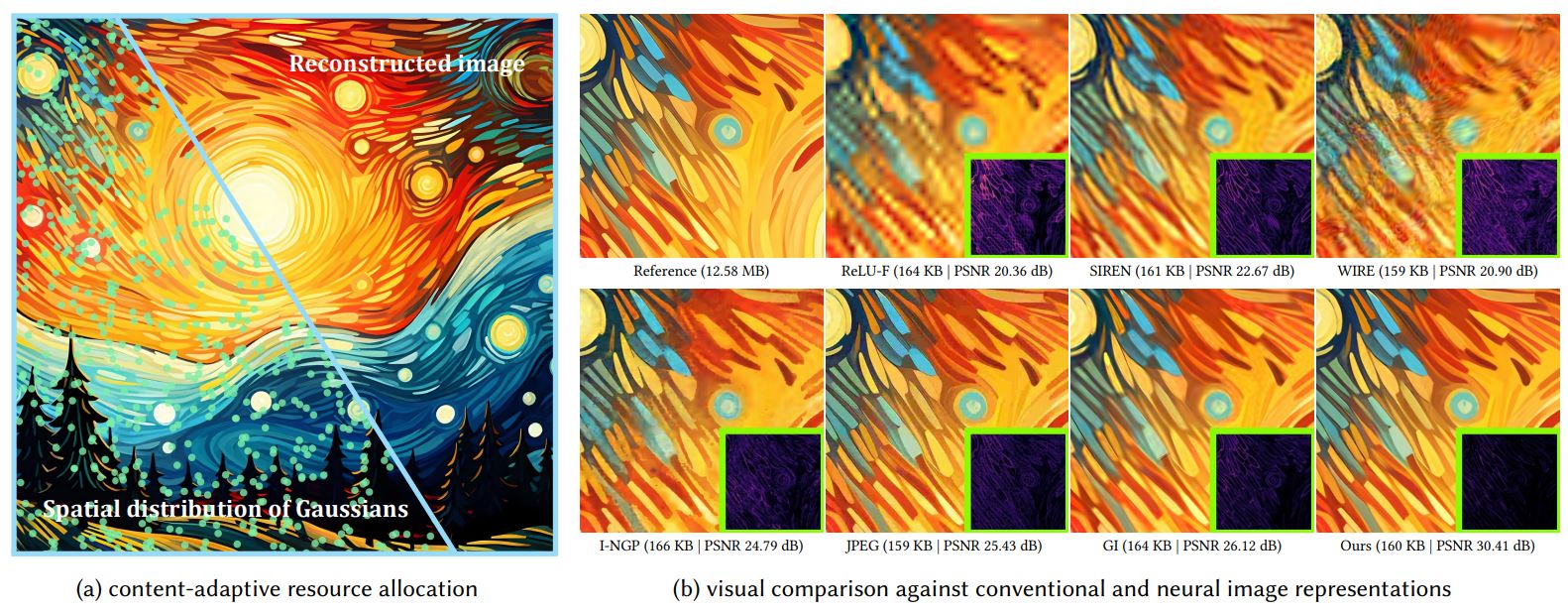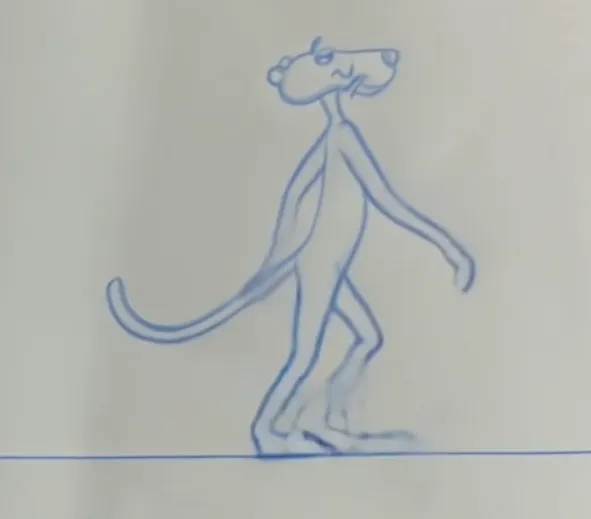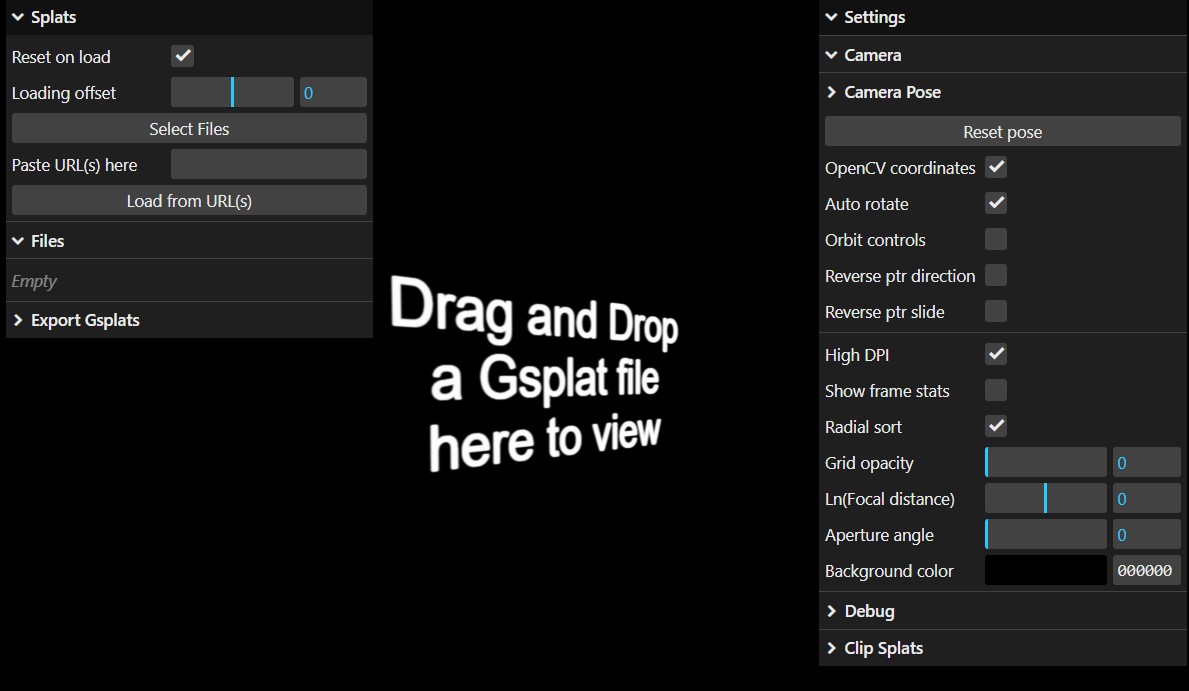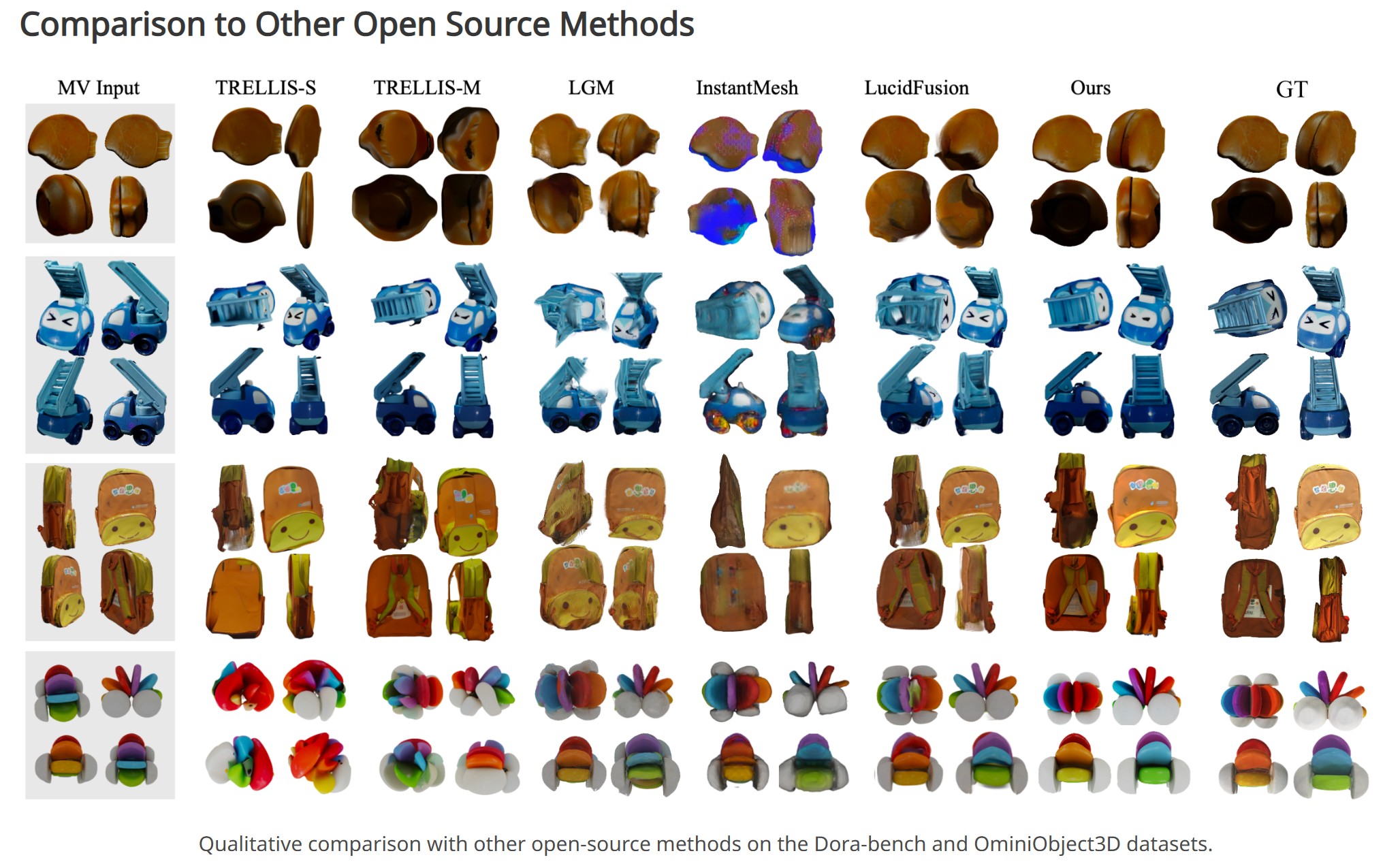BREAKING NEWS
LATEST POSTS
-
Vimeo Enters into Definitive Agreement to Be Acquired by Bending Spoons for $1.38 Billion
-
ByteDance Seedream 4.0 – Super‑fast, 4K, multi image support
https://seed.bytedance.com/en/seedream4_0
➤ Super‑fast, high‑resolution results : resolutions up to 4K, producing a 2K image in less than 1.8 seconds, all while maintining sharpness and realism.
➤ At 4K, cost as low as 0.03 $ per generation.
➤ Natural‑language editing – You can instruct the model to “remove the people in the background,” “add a helmet” or “replace this with that,” and it executes without needing complicated prompts.
➤ Multi‑image input and output – It can combine multiple images, transfer styles and produce storyboards or series with consistent characters and themes.
-
OpenAI Backs Critterz, an AI-Made Animated Feature Film
https://www.wsj.com/tech/ai/openai-backs-ai-made-animated-feature-film-389f70b0
Film, called ‘Critterz,’ aims to debut at Cannes Film Festival and will leverage startup’s AI tools and resources.
“Critterz,” about forest creatures who go on an adventure after their village is disrupted by a stranger, is the brainchild of Chad Nelson, a creative specialist at OpenAI. Nelson started sketching out the characters three years ago while trying to make a short film with what was then OpenAI’s new DALL-E image-generation tool.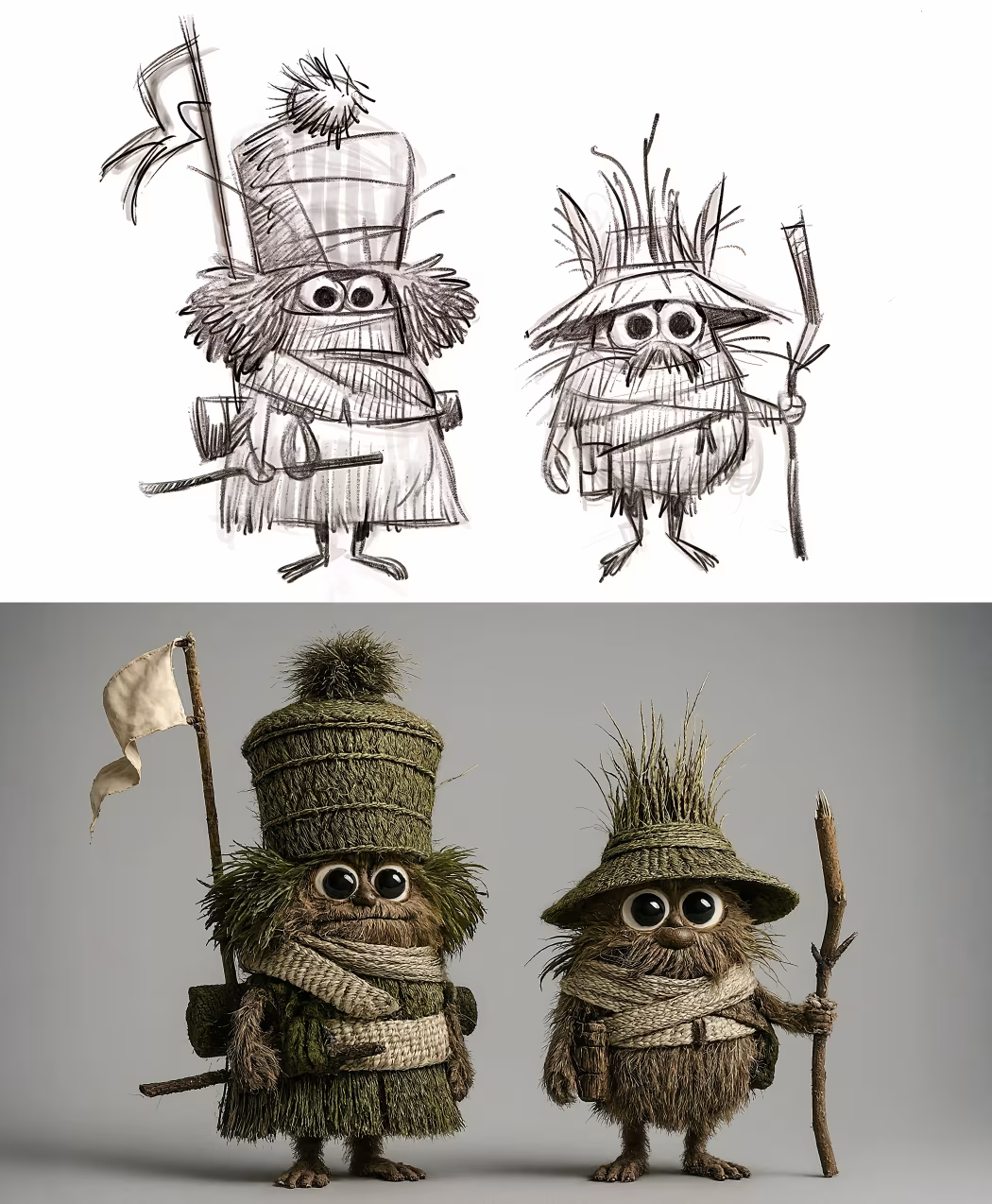
-
AI and the Law: Anthropic to Pay $1.5 Billion to Settle Book Piracy Class Action Lawsuit
https://variety.com/2025/digital/news/anthropic-class-action-settlement-billion-1236509571
The settlement amounts to about $3,000 per book and is believed to be the largest ever recovery in a U.S. copyright case, according to the plaintiffs’ attorneys.
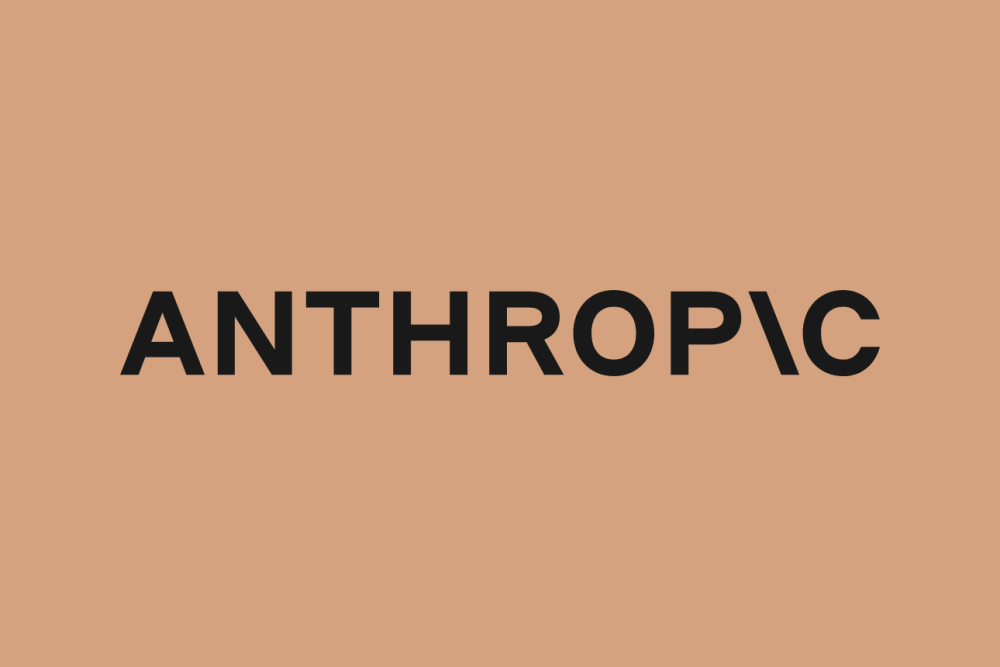
-
Sir Peter Jackson’s Wētā FX records $140m loss in two years, amid staff layoffs
https://www.thepost.co.nz/business/360813799/weta-fx-posts-59m-loss-amid-industry-headwinds
Wētā FX, Sir Peter Jackson’s largest business has posted a $59.3 million loss for the year to March 31, an improvement on an $83m loss last year.

FEATURED POSTS
-
WhatDreamsCost Spline-Path-Control – Create motion controls for ComfyUI
https://github.com/WhatDreamsCost/Spline-Path-Control
https://whatdreamscost.github.io/Spline-Path-Control/
https://github.com/WhatDreamsCost/Spline-Path-Control/tree/main/example_workflows
Spline Path Control is a simple tool designed to make it easy to create motion controls. It allows you to create and animate shapes that follow splines, and then export the result as a
.webmvideo file.
This project was created to simplify the process of generating control videos for tools like VACE. Use it to control the motion of anything (camera movement, objects, humans etc) all without extra prompting.- Multi-Spline Editing: Create multiple, independent spline paths
- Easy To Use Controls: Quickly edit splines and points
- Full Control of Splines and Shapes:
- Start Frame: Set a delay before a spline’s animation begins.
- Duration: Control the speed of the shape along its path.
- Easing: Apply
Linear,Ease-in,Ease-out, andEase-in-outfunctions for smooth acceleration and deceleration. - Tension: Adjust the “curviness” of the spline path.
- Shape Customization: Change the shape (circle, square, triangle), size, fill color, and border.
- Reference Images: Drag and drop or upload a background image to trace paths over an existing image.
- WebM Export: Export your animation with a white background, perfect for use as a control video in VACE.
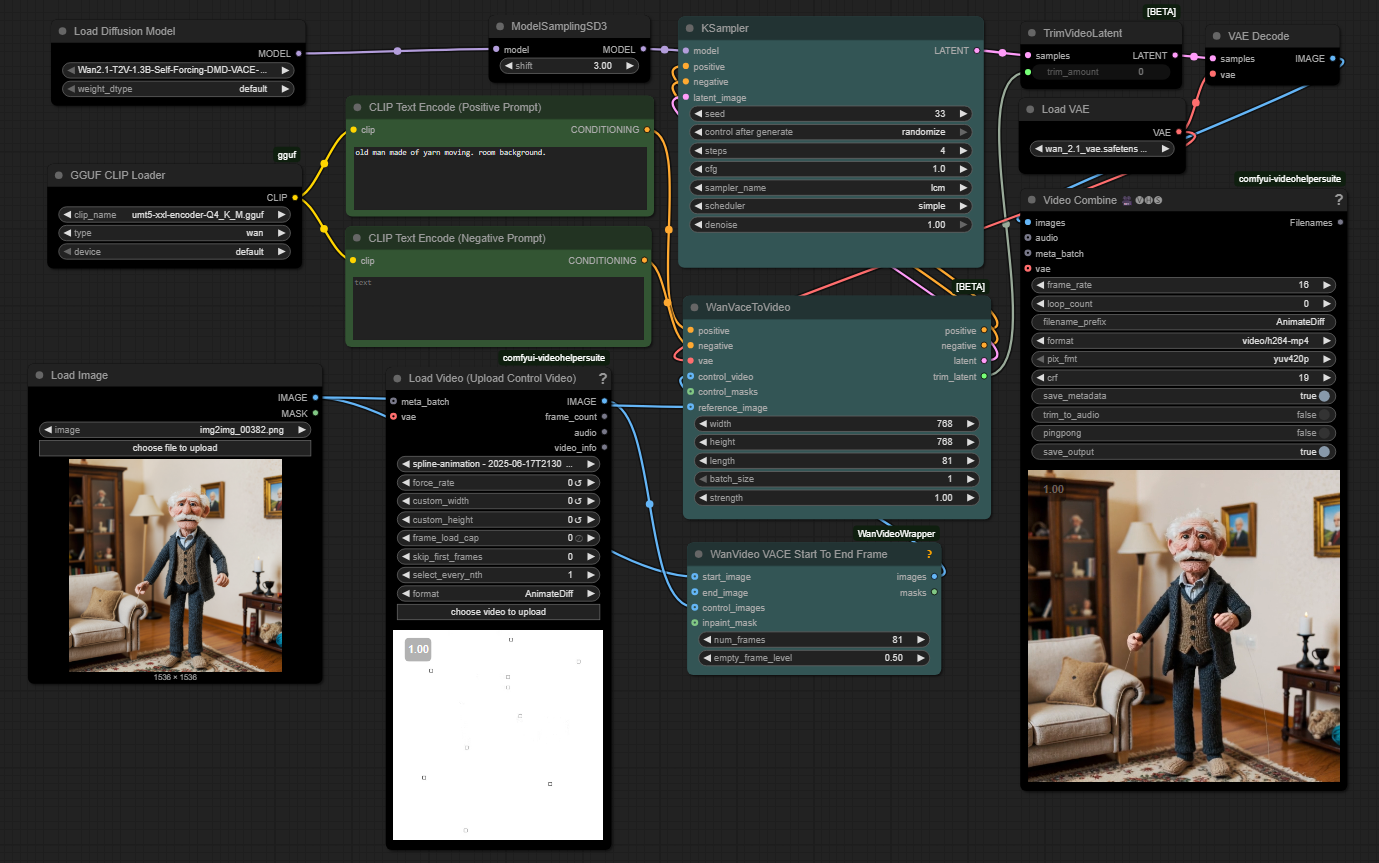
-
Black Body color aka the Planckian Locus curve for white point eye perception
http://en.wikipedia.org/wiki/Black-body_radiation
Black-body radiation is the type of electromagnetic radiation within or surrounding a body in thermodynamic equilibrium with its environment, or emitted by a black body (an opaque and non-reflective body) held at constant, uniform temperature. The radiation has a specific spectrum and intensity that depends only on the temperature of the body.
A black-body at room temperature appears black, as most of the energy it radiates is infra-red and cannot be perceived by the human eye. At higher temperatures, black bodies glow with increasing intensity and colors that range from dull red to blindingly brilliant blue-white as the temperature increases.
The Black Body Ultraviolet Catastrophe Experiment
In photography, color temperature describes the spectrum of light which is radiated from a “blackbody” with that surface temperature. A blackbody is an object which absorbs all incident light — neither reflecting it nor allowing it to pass through.
The Sun closely approximates a black-body radiator. Another rough analogue of blackbody radiation in our day to day experience might be in heating a metal or stone: these are said to become “red hot” when they attain one temperature, and then “white hot” for even higher temperatures. Similarly, black bodies at different temperatures also have varying color temperatures of “white light.”
Despite its name, light which may appear white does not necessarily contain an even distribution of colors across the visible spectrum.
Although planets and stars are neither in thermal equilibrium with their surroundings nor perfect black bodies, black-body radiation is used as a first approximation for the energy they emit. Black holes are near-perfect black bodies, and it is believed that they emit black-body radiation (called Hawking radiation), with a temperature that depends on the mass of the hole.





